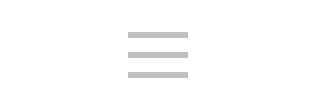

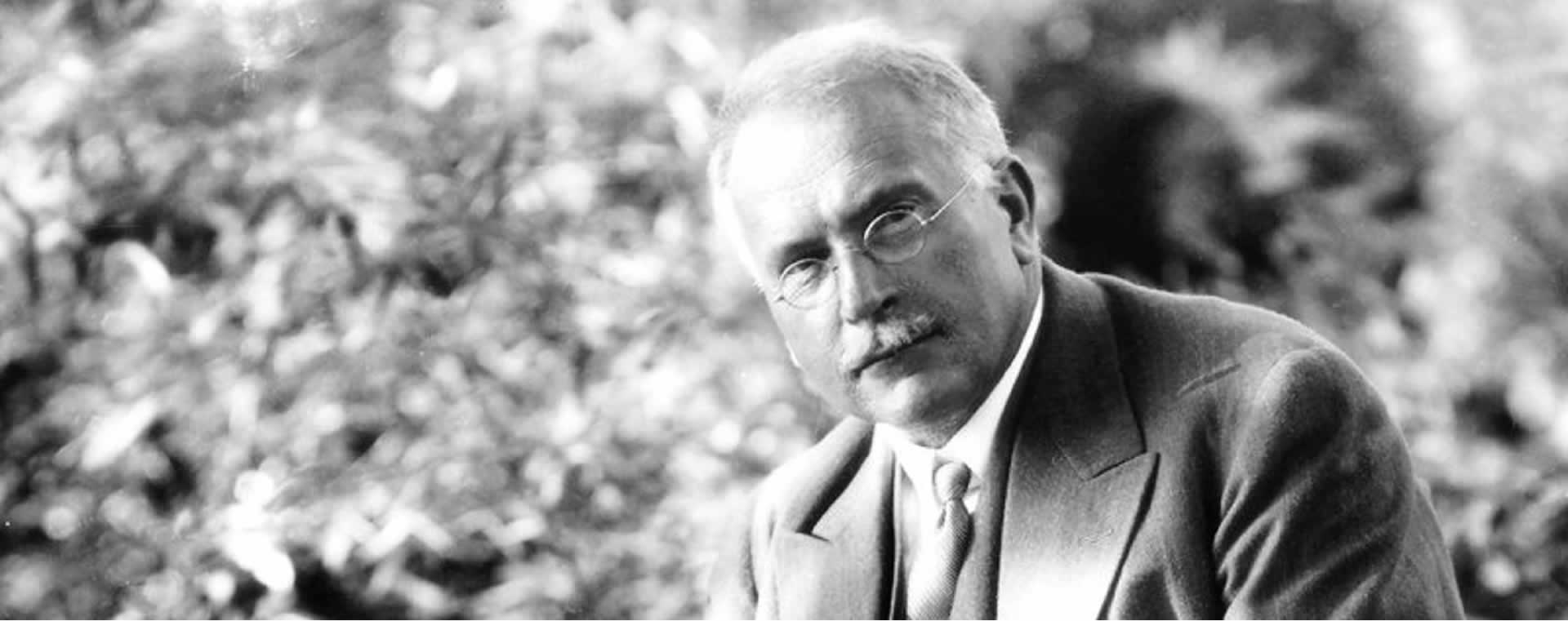
Carl Gustav Jung was born in Kesswil, Switzerland on July 26, 1875. He was the only son and eldest child, with one much younger sister. His father was a pastor in the Swiss Reformed Church, and his mother came from a family of clergymen. From the time of his early youth, Jung was captivated by his dreams and inner life. This led him to embark on a journey of self-discovery, in which he questioned the beliefs of the Protestant tradition in which he had been steeped. He was gifted with an uncannily sharp and inquisitive intellect, and even at a young age was concerned with the nature of the human psyche. He read extensively from the works of Goethe, Kant, Schopenhauer, and Meister Eckhart, to name a few.
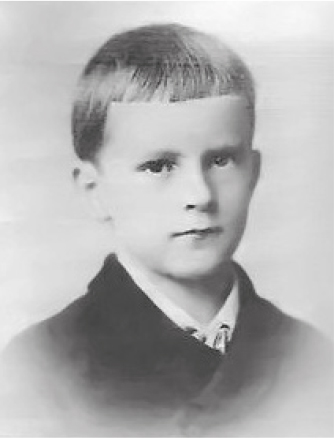
Though in his student years he was interested in religious thought, philosophy, and archaeology, he chose to pursue a degree in medicine. Upon his graduation from the University of Basel, Jung decided to specialize in psychiatry. He accepted a position at the Burgholzli hospital in Zurich, working under Eugen Bleuler. The Burgholzli was renowned as a center for the treatment of schizophrenia. Here, psychological research, hypnosis, and other early forms of psychotherapeutic treatment were encouraged. There was an emphasis on the introduction of scientific methods in the hopes of revolutionizing the understanding and effectiveness of psychiatric treatment. Jung had found the ideal home to begin his life’s work.
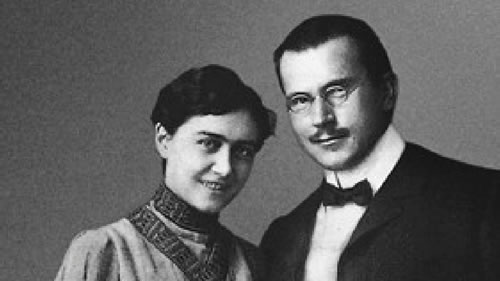
Jung married Emma Rauschenbach in 1902 and together they had five children. The same year he married, Jung went to Paris to study with the leading French psychologist, Pierre Janet, whose ideas had a major impact on Jung. Upon his return he collaborated with Franz Ricklin on the word association experiment. This resulted in the discovery of what he termed “feeling-toned complexes”. He applied this discovery to his study of schizophrenia to show that delusions had symbolic meaning. This study laid the foundation for his concept of the collective unconscious. Jung recognized that there were mythological elements unknown to the patients that appeared in their fantasies. Through the word association experiment, which was the basis for the now extensively used lie detector test, the patient reveals deep-seated, hidden complexes of negative patterns of behavior that erupt out of the unconscious. While these complexes have personal relevance, they are derived from archetypal patterns, such as those expressed in age-old myths and fairy tales.
In 1906 Jung began a correspondence with Sigmund Freud that blossomed into a friendship. Though they came from different intellectual backgrounds and were almost a generation apart in ages, they none-the-less shared an interest in grounding psychology in an in-depth exploration of the individual’s life. They also emphasized the role of the unconscious in the individual’s relationship to the inner and outer worlds. Freud termed his approach psychoanalysis. When Jung embarked on an independent direction from Freud, he called his approach analytical psychology.
Jung left the Burghölzli in 1909 to devote himself to his private practice and to the study of collective expressions of the unconscious, such as mythology, folklore and religion. He compared these products of the collective unconscious and subjected them to analytic understanding. He later named this comparative method amplification. Amplification is a means of enlarging the understanding of an image from a dream or fantasy through comparison to the above material in order to glean its meaning. His first, ambitious amplification was Transformation and Symbols of the Libido, originally published in 1912, later revised and renamed Symbols of Transformation. The decision to publish this now classic work was a painful for Jung; it effectively tore asunder his relationship with Freud, because it clearly demonstrated their differing views of the nature and role of the unconscious, complexes, and libido. The break was finalized in 1914, when his Zurich Psychoanalytic Association ceded from the International Psychoanalytic Association and formed the Association of Analytical Psychology. During this time period Jung also wrote Psychological Types, which was in part an attempt to understand the different psychological attitudes of Freud, Adler, and himself.
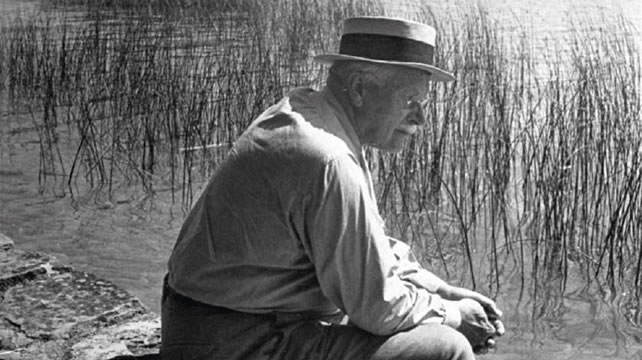
Despite the formation of his own association, the break with Freud left Jung isolated both professionally and personally. It precipitated his great turning-inward, which he called his “confrontation with the unconscious”. During this time he explored the depths of his own psyche in order to find himself and to discover his own myth. This discovery was a counterbalance for him to the myth-less, secular, modern world. During these explorations he developed a method called active imagination. In this process one encounters the living reality of the non-ego through dialogue and other forms of imaginative engagement with fantasy or dream figures. This means of self-investigation would become the centerpiece of Jung’s approach to the psyche. Jung included his dialogues, written in gothic calligraphy and along with illustrations, in The Red Book, which he wrote during this difficult period in his life. [Edited by Sonu Shamdasani in 2009.] He went on to elaborate his thinking in his many other books and articles, some of which are published in The Collected Works of C.G. Jung. The many more unpublished works of Jung will appear in the coming years in the Complete Collected Works.
Through the investigation of the contents of his own and his patient’s unconscious, and through a painstaking study of mythology, comparative religions, anthropology, and finally alchemy, Jung concluded that the current myth of our time does not meet the psychological need of the individual. What is missing in our age of hyper-rationalism is the capacity to re-connect with our lost instinctual nature. He coined the term “individuation” for the inner process which propels each of us towards greater wholeness. This process is directed by the uniting archetype, the Self, which is, paradoxically enough, both the center and the entirety of the psyche. Jung reminded us that our own wholeness and the healing of the world soul, the anima mundi, are dependent upon each one of us developing a more conscious relationship with those unexplored or rejected parts of ourselves which lie hidden in the unconscious and which he termed the shadow.
After a long lifetime dedicated to the understanding and healing of the human psyche, Jung died on June 6, 1961 in Küsnacht, Switzerland. His dreams at the end expressed grave concern for the well-being of the world, and also confirmed the achievement of a personal wholeness to which he was devoted during his entire life.